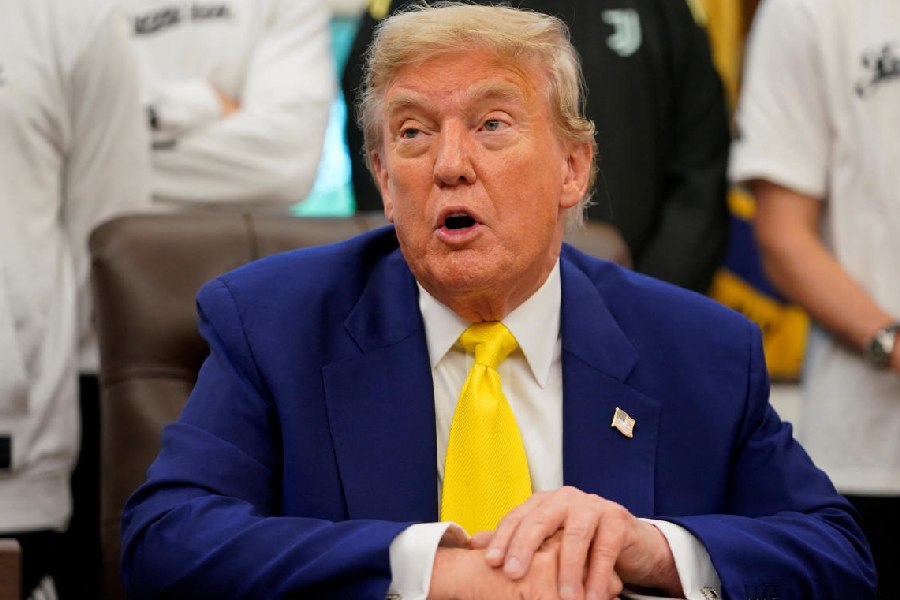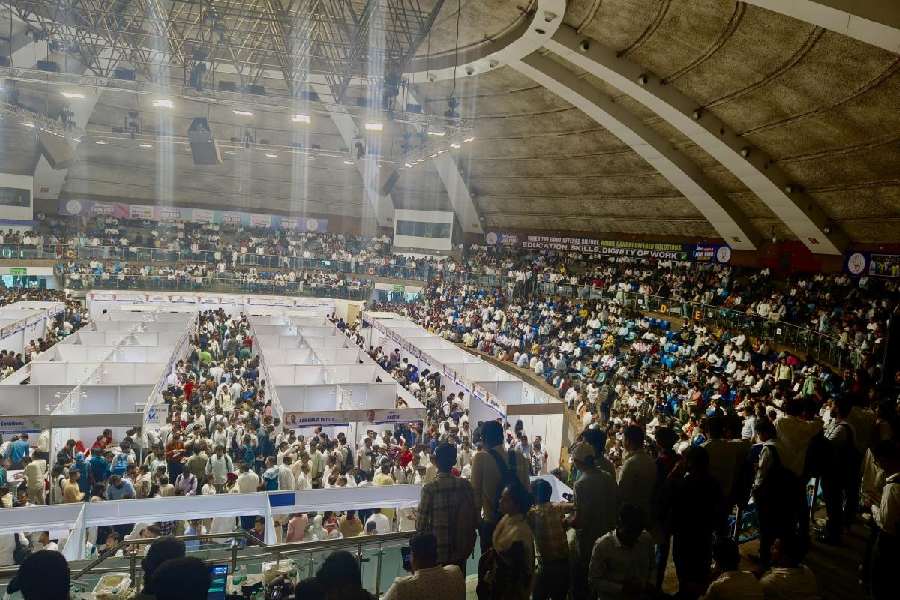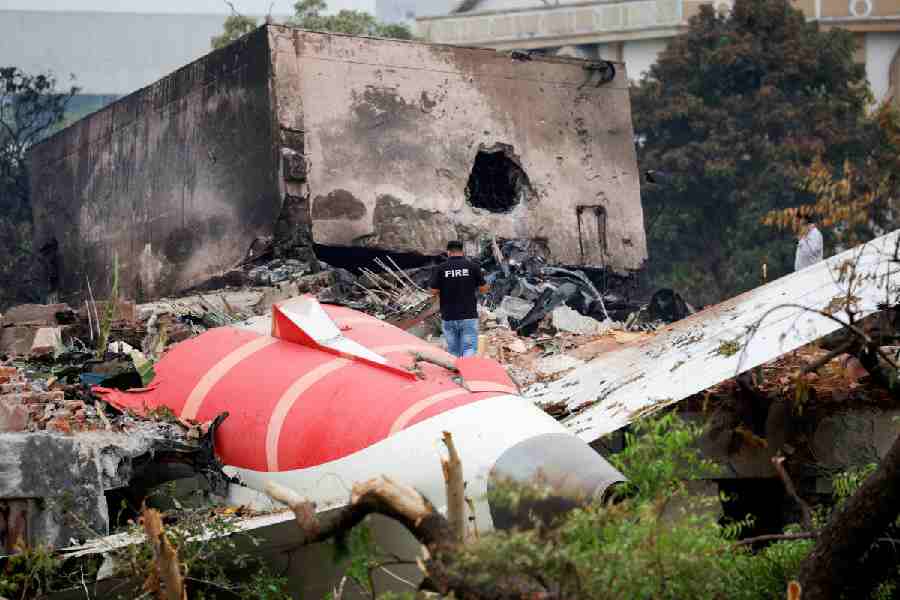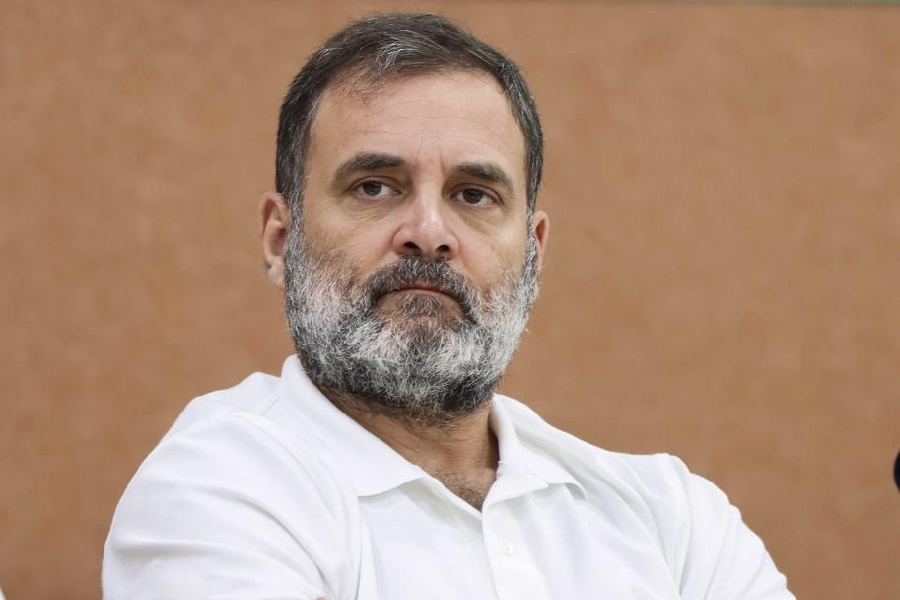Yet another memorial — the third in Calcutta — will be built in Rabindra Sadan to honour languages, the chief minister thundered on the occasion of Bhasha Divas. But an obelisk is not enough to conserve dying languages. Disgusted with the tokenism that successive political dispensations have resorted to when it came to saving Sanskrit, the Calcutta High Court has announced the constitution of a three-member ad hoc committee to restore toles —— ancient centres of learning that teach not only Sanskrit but also other, equally neglected, subjects such as Kavya, Naya, Darshan, Meemangsha, Byakaran, and so on — to their former glory.
The disregard for Sanskrit can be ascertained from the institutional apathy towards Nadia’s toles. Twenty-odd toles still function in the district, 15 of them, reportedly, in Nabadwip, and the rest in Santipur. But many of them exist on paper. Consequently, data on the number of teachers or students are unreliable. Government funds — toles are supposed to receive a monthly Central grant towards sundry payments — remain irregular and unaccounted for. As per the guidelines of the West Bengal Board of Secondary Education, Sanskrit is mandatory only for students in standards VII-VIII. After the completion of studies, students are awarded a degree called the tirtha. But the qualification has become obsolete in a competitive job market.
Going by past experience, neither linguists nor ad hoc committees have succeeded in checking the waning interest of the State and its subjects in Sanskrit. In 1961, Suniti Kumar Chattopadhyay submitted a proposal to help conserve Sanskrit but the plan was not implemented. An ad hoc committee was formed in 1971, but things, as is evident from the data on Nadia, have deteriorated further. The judicial intervention is a welcome development. It is to be hoped that the new committee will address the following problems.
In memory
The biggest challenge is to align Sanskrit education with the demands of employment. The problem has been accentuated by myopic policies that adjudge the importance of both ancient languages and modern education only in utilitarian terms. One way out of the bind is to introduce greater investment in research facilities. Generous grants and scholarships, along with improvements in technology — digitization of the surviving manuscripts is a must — would certainly attract serious scholarship to Sanskrit, thereby helping the language prosper.
Investment in research would also have two latent, but hugely beneficial, consequences. First, objective interpretations of the surviving manuscripts and texts by indigenous scholars and the dissemination of research findings in the public domain would bridge the worrying gap that exists between classical languages and laymen. Public ignorance of Sanskrit has resulted in communal and regressive interpretations of texts going unchallenged, the Wendy Doniger episode being the latest example. Second, government patronage for research may encourage students to adopt the Barthesian principle of reading texts for pleasure sans utilitarian motives.
Popularizing Sanskrit would also require the dismantling of ideas concerning the language’s elitist roots. Nabadwip’s Sanskrit Government College was shut down by the Left Front because it believed that the institution was capable of only producing priests.
Conserving a language cannot be done in isolation. Sanskrit’s links with sites such as local temples and libraries in Nadia must be identified and the latter restored.
A tall order? Certainly. Why else would the chief minister, blessed with uncanny foresight, talk about erecting a memorial?










